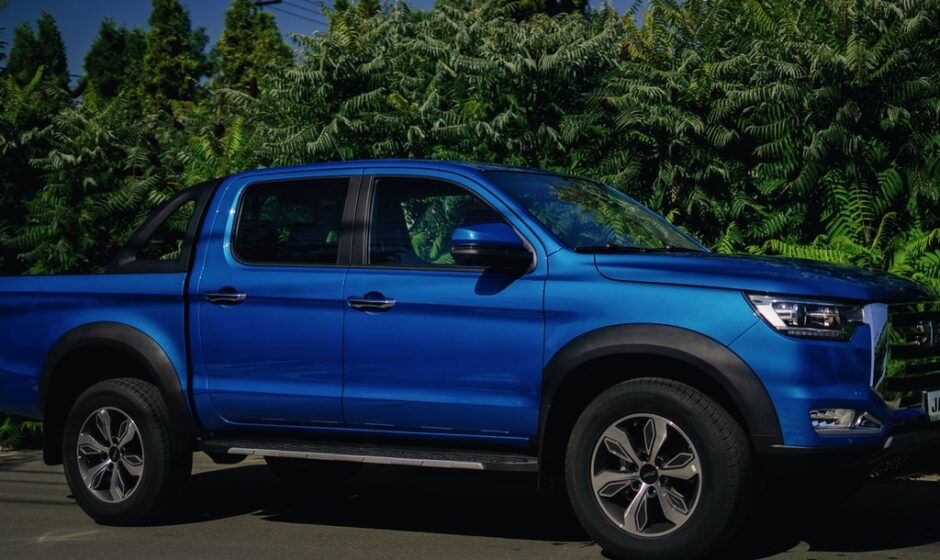Buying a pickup truck isn’t like buying a car. Trucks are designed to do a range of jobs. They’re available with many styles and options, which can quickly get overwhelming. We’re here to help you sort out the process of buying a pickup.
Budget
The average selling price for a pickup is almost $50,000, with an average monthly payment of over $700. To lower your monthly payment to the ideal of 15% of your take-home pay, you need to save for a large down payment. If the truck is for work, speak to your company’s financial adviser and plan the purchase so that the truck meets the company’s needs for years to come.
Size
This depends on the jobs the truck will perform. If you just want a truck and don’t expect to haul or tow anything major, then you should choose a midsize truck with a crew cab. These are easier to drive and park every day, will carry your family in comfort, and still offer a ton of utility. If you plan on using the bed for cargo or towing heavy trailers, then you may need a larger full-size truck. If you’re towing a jet ski or a boat or plan on going off-roading, you’ll also need four-wheel drive.
Duty
If you’re towing, find out the weight of the trailer. This will help you decide whether you need a light-, medium-, or a heavy-duty truck. Getting the right size is important. You don’t want to be left with something that doesn’t have enough power to tow what you have to. But you also don’t want to get something too powerful that you don’t need because it costs so much more.
Engine and Axle Ratio
The ideal truck would balance power and fuel economy. V6 engines today have the power of large V8s while still being fuel-efficient. If you’re towing heavy loads, you may want to choose a full-size truck with a diesel engine. But know how much it costs to maintain. You will also need to work out the ideal axle ratio. This directly affects towing capacity and fuel economy. If you choose a higher ratio, you can tow heavier loads, but your fuel-efficiency will be low.



